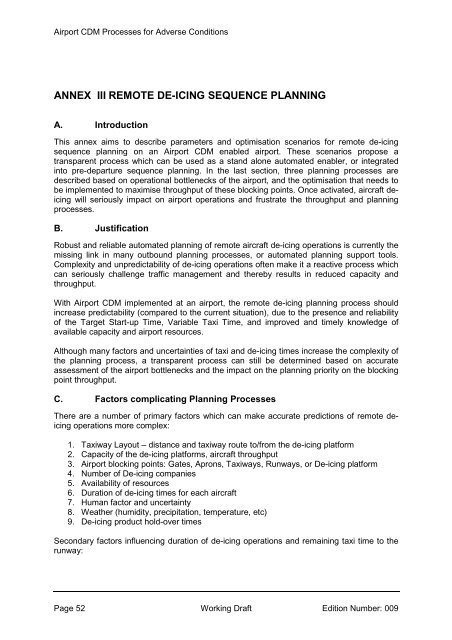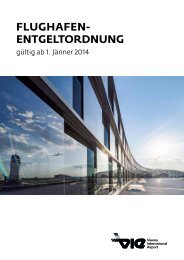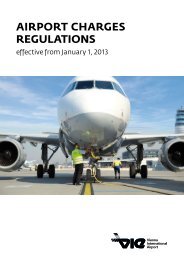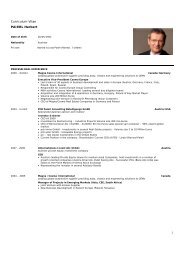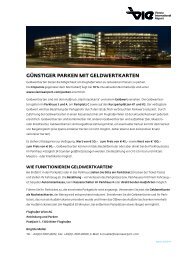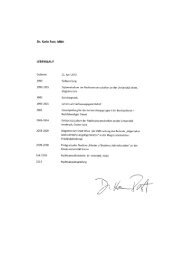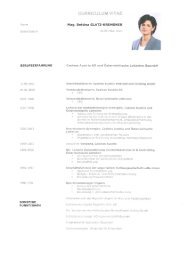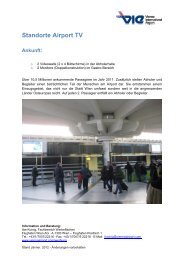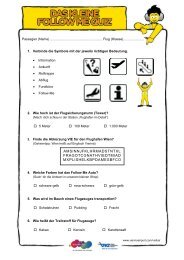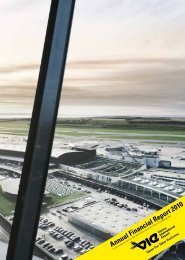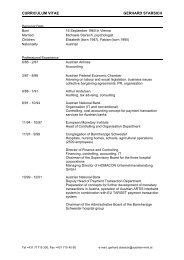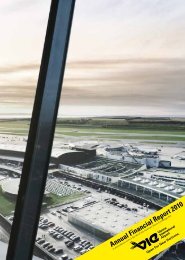Airport CDM Processes for Adverse Conditions
Airport CDM Processes for Adverse Conditions
Airport CDM Processes for Adverse Conditions
Create successful ePaper yourself
Turn your PDF publications into a flip-book with our unique Google optimized e-Paper software.
<strong>Airport</strong> <strong>CDM</strong> <strong>Processes</strong> <strong>for</strong> <strong>Adverse</strong> <strong>Conditions</strong><br />
ANNEX III REMOTE DE-ICING SEQUENCE PLANNING<br />
A. Introduction<br />
This annex aims to describe parameters and optimisation scenarios <strong>for</strong> remote de-icing<br />
sequence planning on an <strong>Airport</strong> <strong>CDM</strong> enabled airport. These scenarios propose a<br />
transparent process which can be used as a stand alone automated enabler, or integrated<br />
into pre-departure sequence planning. In the last section, three planning processes are<br />
described based on operational bottlenecks of the airport, and the optimisation that needs to<br />
be implemented to maximise throughput of these blocking points. Once activated, aircraft deicing<br />
will seriously impact on airport operations and frustrate the throughput and planning<br />
processes.<br />
B. Justification<br />
Robust and reliable automated planning of remote aircraft de-icing operations is currently the<br />
missing link in many outbound planning processes, or automated planning support tools.<br />
Complexity and unpredictability of de-icing operations often make it a reactive process which<br />
can seriously challenge traffic management and thereby results in reduced capacity and<br />
throughput.<br />
With <strong>Airport</strong> <strong>CDM</strong> implemented at an airport, the remote de-icing planning process should<br />
increase predictability (compared to the current situation), due to the presence and reliability<br />
of the Target Start-up Time, Variable Taxi Time, and improved and timely knowledge of<br />
available capacity and airport resources.<br />
Although many factors and uncertainties of taxi and de-icing times increase the complexity of<br />
the planning process, a transparent process can still be determined based on accurate<br />
assessment of the airport bottlenecks and the impact on the planning priority on the blocking<br />
point throughput.<br />
C. Factors complicating Planning <strong>Processes</strong><br />
There are a number of primary factors which can make accurate predictions of remote deicing<br />
operations more complex:<br />
1. Taxiway Layout – distance and taxiway route to/from the de-icing plat<strong>for</strong>m<br />
2. Capacity of the de-icing plat<strong>for</strong>ms, aircraft throughput<br />
3. <strong>Airport</strong> blocking points: Gates, Aprons, Taxiways, Runways, or De-icing plat<strong>for</strong>m<br />
4. Number of De-icing companies<br />
5. Availability of resources<br />
6. Duration of de-icing times <strong>for</strong> each aircraft<br />
7. Human factor and uncertainty<br />
8. Weather (humidity, precipitation, temperature, etc)<br />
9. De-icing product hold-over times<br />
Secondary factors influencing duration of de-icing operations and remaining taxi time to the<br />
runway:<br />
Page 52 Working Draft Edition Number: 009


